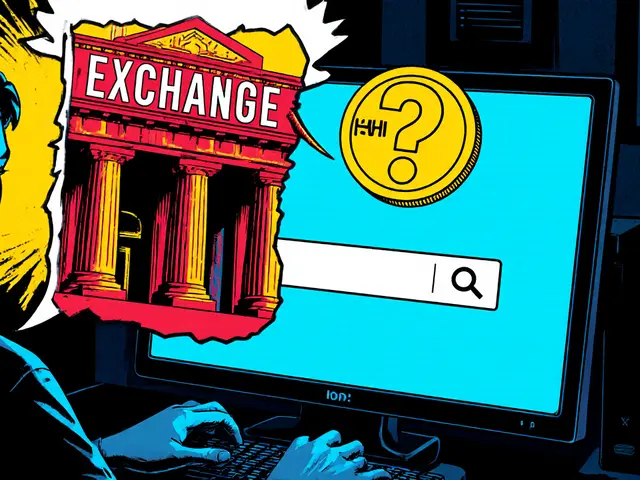Digital Currency Exchange Registration: Requirements & Compliance
Digital currency exchange registration is the official process that lets a crypto platform operate legally. When working with digital currency exchange registration, the set of steps needed to get a trading venue approved by regulators, you’re basically proving that your service meets safety and legal standards. Also known as exchange licensing, it builds trust for users and keeps the whole ecosystem from spiraling into chaos.
Every crypto exchange, a platform where users buy, sell, or swap digital currencies must clear this registration hurdle before launching. The registration encompasses AML/KYC compliance, security audits, and capital requirements, meaning you can’t skip any of those pieces without risking a shutdown. Think of it as a checklist that guarantees the exchange won’t become a money‑laundering hot spot.
In many jurisdictions, the registration is tied to obtaining a VASP license, a permit for Virtual Asset Service Providers that confirms compliance with local financial rules. The VASP license acts like a passport for your exchange, letting you operate across borders once you meet the specific country’s criteria. Without it, you’re stuck in a legal limbo where users can’t deposit or withdraw safely.
Regulators also scrutinize AML/KYC compliance, the procedures that verify user identities and monitor suspicious transactions as part of the registration dossier. This includes integrating identity verification providers, setting transaction limits, and filing suspicious activity reports. Failing to meet these standards often leads to hefty fines or even 20‑year prison sentences for money‑laundering violations.
Step‑by‑Step Overview
First, map the jurisdiction you plan to serve. Some countries, like Nigeria, require a full VASP licensing process with capital buffers and ongoing reporting. Others, like Algeria, impose outright bans that make registration impossible until the law changes. Next, prepare your AML/KYC framework: choose a verification partner, define risk tiers, and set up automated monitoring. After that, compile your technical security audit – covering cold‑wallet storage, penetration testing, and slashing protection for validators if you run a PoS network.
Once the paperwork is ready, submit the registration application to the relevant financial authority. Expect a back‑and‑forth of questions about your token listings, market‑making practices, and how you’ll handle a potential fork or hack. After approval, maintain continuous compliance by updating policies, renewing the VASP license annually, and staying aware of new cryptocurrency bans that could affect your operating scope.
The landscape shifts fast. A new ban in one region can ripple through global liquidity, while a regulatory sandbox in another can open doors for innovative products. That’s why staying on top of registration requirements is not a one‑time task but an ongoing habit.
Below you’ll find a curated set of articles that break down each piece – from filing the forms to passing the security audit – so you can move forward with confidence and keep your exchange on the right side of the law.






